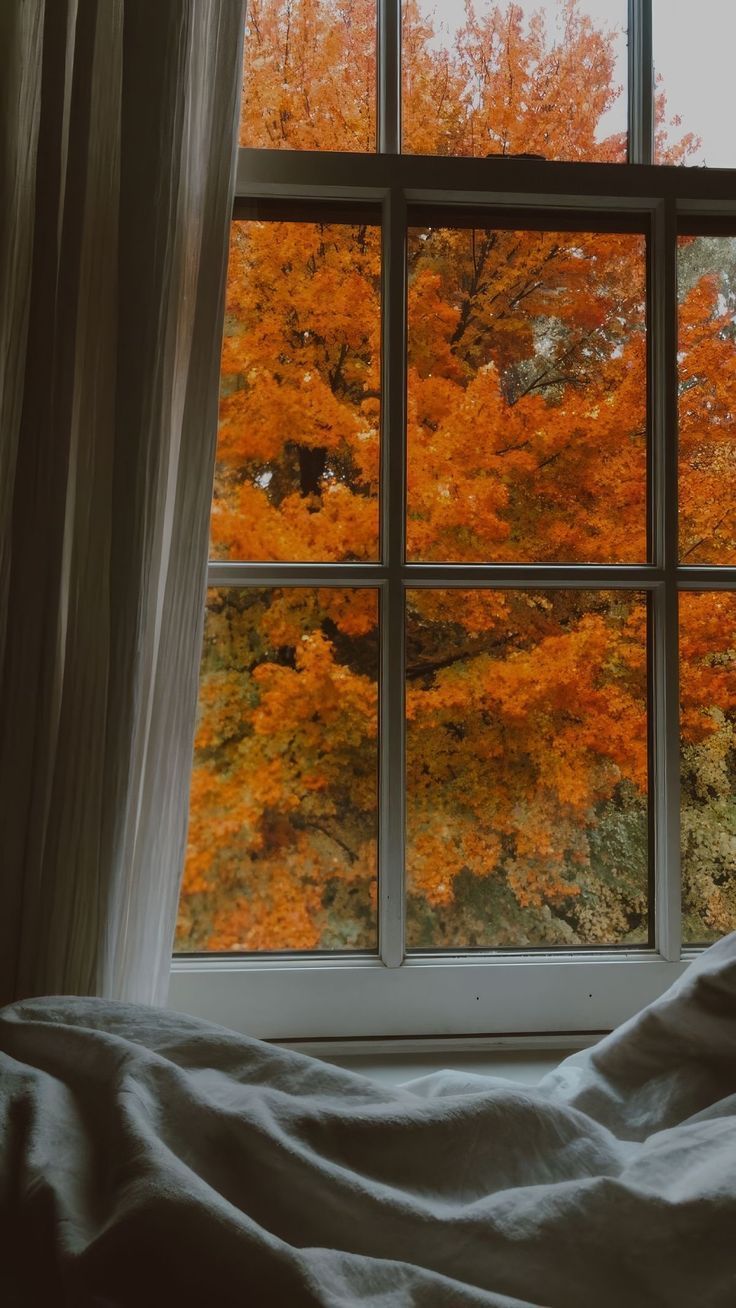Phone
(773) 257-3147


Evaluate the area thoroughly before beginning. Capture clear photos of the affected surfaces, focusing on the extent of ivy growth and any visible damage.
Provide us with the images of the site so we can assess the scope of work and provide an accurate estimate for removal and restoration services.
Cutting the vines at the base will help them detach naturally once they dry, ensuring they release without leaving residue or causing additional damage.
After ivy removal, inspect for any root systems or damage to the structure. Mark areas that need repointing, sealing, or paint to maintain the integrity of the surface.
Aerial roots often infiltrate mortar joints and can be overlooked. After completing the job, take detailed photos of the finished work and provide care instructions to prevent regrowth.

Mulch is one of the best ways to take care of your garden's perennial plants and ensure everything grows well in the spring. Mulch acts as a barrier between your plants and the environment around them. It can distinguish between an incredible landscape and one that doesn't.
Mulch keeps soil from washing away when it rains, and it also preserves nutrients in the soil. As the organic matter in mulch runs down, it adds new nutrients to the soil.
Mulch makes it more likely for earthworms to move in near your native plants. Earthworms are a great way to give your soil more nutrients and make your yard's ecosystem stronger and healthier.
Organic mulches decompose and contribute to the organic matter in the soil. These include tree leaves, grasses, crop residues, wood bark, and wood chips. It raises the number of microbes. Using organic materials from your yard or neighbors' yards keeps them out of landfills and moves nutrients from plants to soil and back to plants.
Do you like pulling weeds all through the spring? We did not think so! Mulch is an excellent way to keep weeds at bay and prevent them from spreading through your grass and native plants. By keeping the weeds from getting sunlight, they won't be able to grow into a severe problem.
The Texas A&M Forest Service says that vertical mulching is a soil treatment done around a tree's roots to improve how well the roots work and the tree's health. Vertical mulching loosens soils that a lot of foot traffic has packed down, adds nutrients to poor soil, and makes the soil better at letting water go through.
Mulch is a great way to "dress up" your garden, and it also adds essential nutrients and makes the soil stay healthy. Even though it's hard to believe, early spring is coming up and is one of the best times to put down mulch.
If you want to make your garden look prettier in the spring,
606 Land & Snow can help.
Please give us a
call, and remember to follow us on
Facebook,
Twitter, and
Instagram! We love hearing from you!

DIY: small, reachable areas on sound surfaces.
Call us: older brick, high walls, painted/unknown layers, or moisture concerns.
